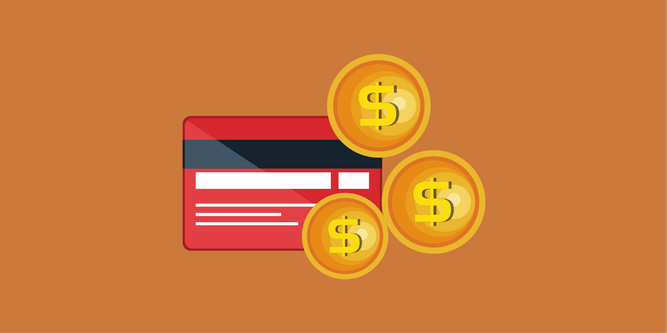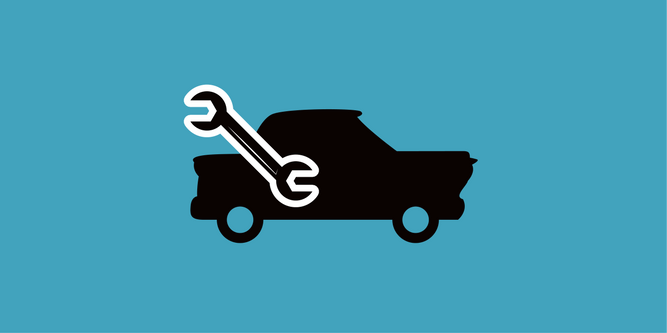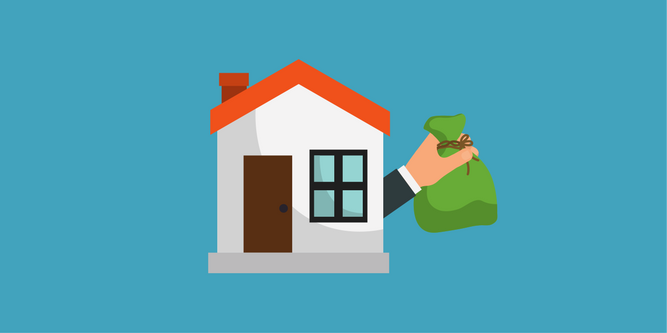
Credit is an amazing financial tool, particularly for young adults. In your 20's you might not be in a financial position to afford everything you want or need. For instance, a car, laptop, or camera. But thanks to credit, you can buy all of these things, even if you can't afford to pay for them outright.
Credit also comes in handy for financial emergencies like medical bills or expensive car repairs you didn't plan for.
And while credit cards are probably your first choice when you need to pay for something you can't afford right now, there's another option that you might not be considering—personal loans.
In certain situations, personal loans can be a great alternative for high ticket purchases.
If you're unsure of which method to use to finance your next big purchase, here's a look at the difference between personal loans and credit cards, plus the pros and cons of each.
What is a Personal Loan?
A personal loan refers to loans that you can take unsecured, which are additionally not constrained to any particular purpose. You can use them for vacationing, buying a vehicle or even debt consolidation.
Most providers allow you to apply for a personal loan entirely online. Like normal loan applications, you’ll have to provide your personal and employment information beforehand.
You may be asked to provide proof of your income, which is usually in form of a W-2 form or a pay stub. Afterwards, you should know if you’ve been approved for the process within a day or two.
Once your application goes through, you have a week to decide whether you will take it or not.
In this period, you should review whether the interest rate and the terms provided by the loan agree with your income.
Keep in mind that the bank or financial institution offering the loan isn't taking into account your personal spending habits. They're offering an amount they think you should be able to pay back based on your income and whatever information you choose to give them.
It's ultimately up to you to decide whether or not you'll actually be able to pay the money back on the terms they give you.
If you accept the loan, you will then sign a promissory note and the money will be wired to your account. At the end of every month, you will begin receiving billing statements for paying equal payments by the due date.
Most personal loans have terms of three to five years, but some can be paid off in as little as one.
The main thing you should keep in mind is not to use a lender who charges a penalty for paying off the loan early. Most reputable lenders will allow you to pay off the loan at any time to save on interest.
What's the difference between personal loans and credit cards?
So is a personal loan any different from a credit card?
Essentially, they are different because a credit card allows you to borrow money at any time till you reach your personal limit.
A personal loan, on the other hand, is a fixed amount of money that you can pay back in installments for a predetermined amount of time.
Credit cards are part of what’s known as revolving debt. They have a limit which you can’t go over but can otherwise use it as often as you like.
Additionally, it’s up to you to follow up on the debt and write a part of it off at the end of the month. If you don’t do this, you will carry a balance to the next month and still pay interest on it.
A personal loan is different from this and is referred to as a fixed debt. You’re given a fixed amount of money in a lump sum and you have to pay it back in installments.
Here, one of the main disadvantages of owning a credit card rears its head.
When using a card, you can always use any amount of money you like till you reach your limit.
If you’re not careful and don't have self control, you could always remain stuck in debt, which is the situation so many twenty-somethings find themselves in.
A personal loan is contrary to this in that you know in what amount of time it will be cleared, and that you can’t borrow more without going through the whole process again.
Both of these types of credit are unsecured, as opposed to a mortgage or an auto loan which you use your house or vehicle as security respectively.
The difference between these two types of credit is that if you stop paying a secured loan, the creditors will repossess whatever you put up as security.
For unsecured loans, the bank has less recourse outside of adding onto your debt with more interest until you pay back the money.
This is the main reason interest rates on personal loans tend to be higher than on secured loans.

When is a credit card better than a personal loan?
There are instances when getting a credit card is preferable to a personal loan. For instance, small purchases such as new gadgets and books are best done with credit cards.
Anything under a few thousand dollars is always best done with a credit card, as long as you can repay it within the year.
If the purchase goes over a few thousands, the cheapest way to go about it would be to apply for a credit card doesn’t charge interest on purchases for the first 12 months.
Additionally, if you want to consolidate debt with a credit card balance, approaching a credit card provider is a good idea.
As long as it’s a small debt that costs less than a few thousand dollars, and can be paid off in 18 months or less, a no-interest balance transfer credit card could be your safest bet.
When is a personal loan better than a credit card?
You should go for personal loans when your purchase is on the higher end and you can’t afford to pay them back in a year.
If the amount you wish to spend is higher than your credit card limit, a personal loan is a great option. As a rule of thumb, if the amount you wish to borrow goes over $1,000 and the repayment period is longer than 15 months, or if the amount is higher than $5,000, a personal loan is the cheaper option.
Personal loans have their own unique downsides, however, the biggest one being that they may charge 1 to 5 percent in form of an origination fee on the amount of the loan.
This is a one-time fee that you can either pay in cash or from your loan when you’re winding up on the payments.
Not all lenders charge this fee, however, but you should ask about it and take it into consideration as you compare interest rates.
Some lenders offer a much better APR but are more expensive in the end since they charge a fee, while others offer a higher APR but no fee.
How to find the best personal loans
All personal loans are not made equal. And unfortunately, some lenders make loans that are borderline illegal by taking advantage of young first-time borrowers or people with bad credit.
For instance, payday loans are some of the worst types of personal loans there are, due to their ridiculously high interest rates and payment terms. You should avoid them at all cost.
The best lenders out there require you to have a good credit rating and are fully transparent about their rates and the fees they charge.
You will have to consider different providers and the rates they charge, and preferably go for whoever has the least number of commitments.
If your credit score isn't great, there are still options out there for you. Find a financer that will take into account different factors other than just your FICO score.
This is the most attractive option for people who don’t have lengthy credit histories just yet. Upstart is one of the most popular options. They specialize in making personal loans based on non-traditional factors outside of your FICO score.
Credit Cards vs. Personal Loans
Hopefully that helped clear up some of the confusion for you. Credit cards and personal loans both have their place.
Which route you decide to take depends on what you need the money for, how soon you can repay it and how much you need.



